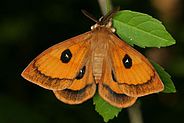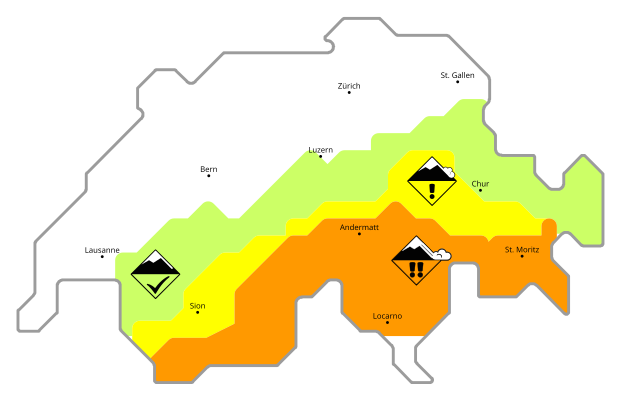Can structural diversity and habitat heterogeneity explain species diversity in temperate forests?
2013 - 2034
Cooperation Financing
Forest biodiversity is strongly influenced by structural richness because the different strata between ground and canopy and the structural heterogeneity of forest stands promote species diversity by providing a large number of ecological niches. However, human intervention such as timber harvesting has shortened the succession cycles of most forests in Europe, and thus homogenised stand structures and reduced the variety of ecological niches. On the other hand, between-habitat-diversity can be enhanced by forestry measures at the forest scale. Thus, it is important to study the minimum structural requirements and resources for a rich forest biota and to develop guidelines for an ecological sustainable, multi-functional management of forest habitats and overall biodiversity.

The aim of this study is to develop widely applicable structural indicators of species diversity in forest ecosystems. In particular, we use nation-wide data on the occurrence of plant, butterfly, bird, bryophyte and snail species, and (1) relate field based and remotely sensed variables of habitat structure (mainly LiDAR) to a- and ß-diversity in Swiss forests, (2) analyse co-variation between the different taxa and test whether the resulting structural indicators can predict species diversity of an independent taxonomic group (i.e. bats).
